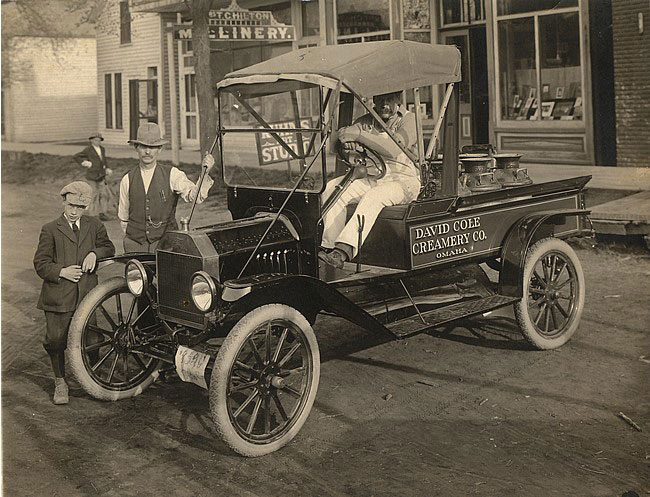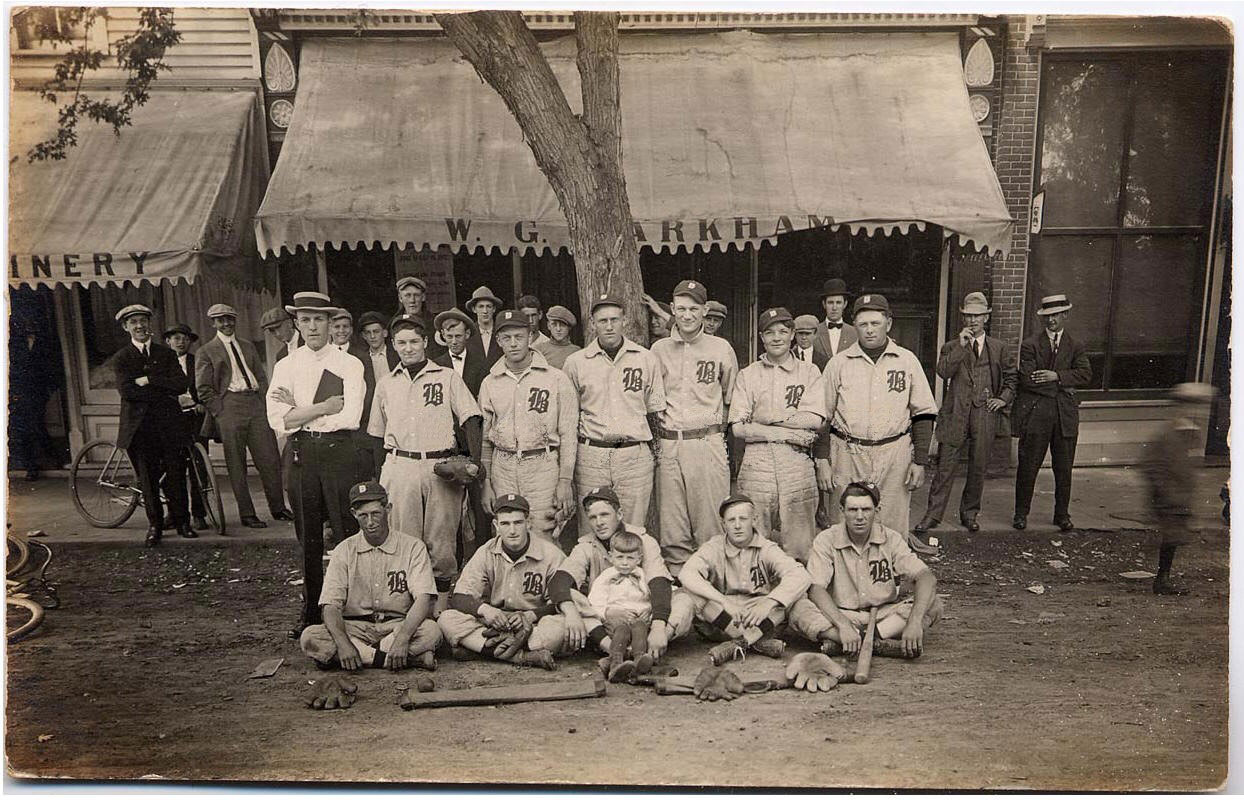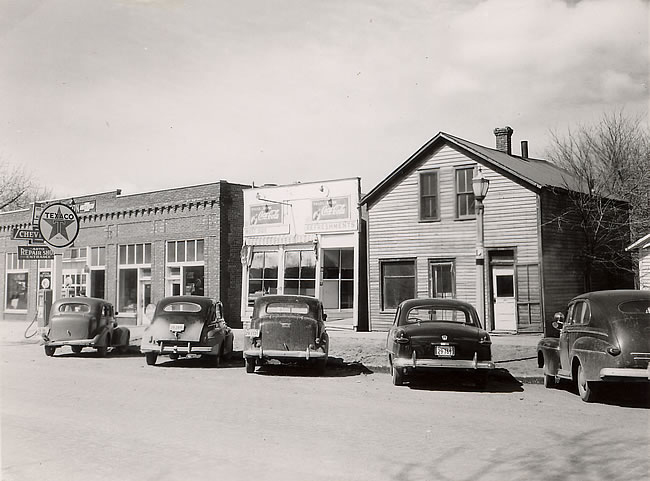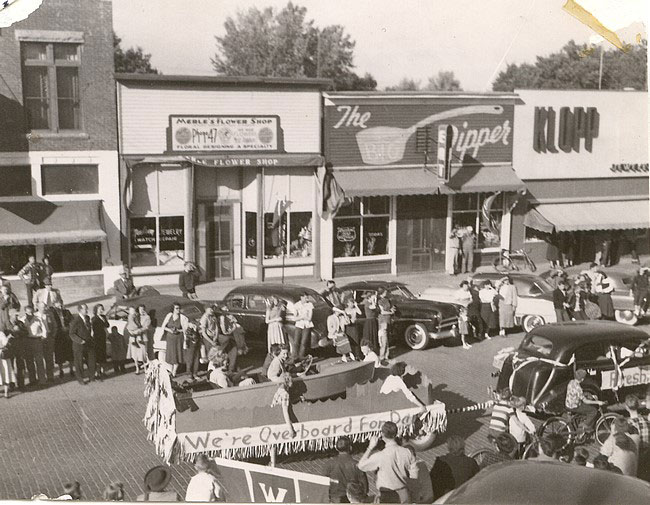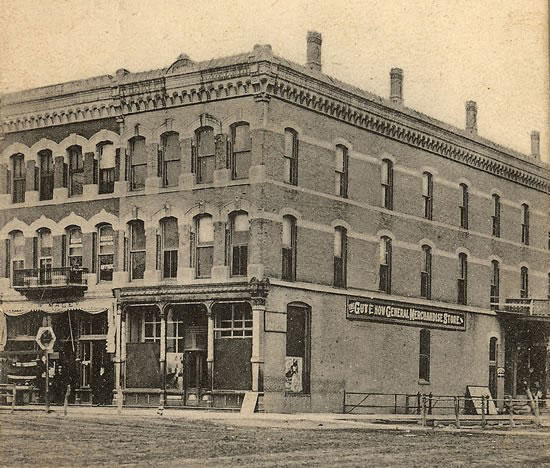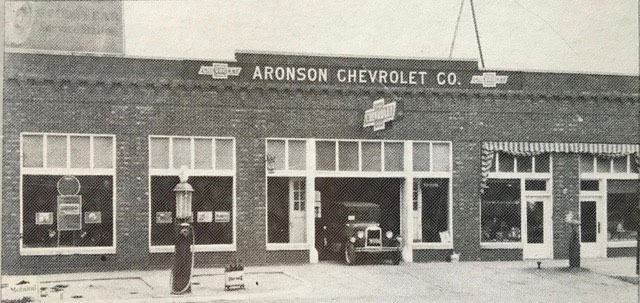Home > Archive > Lincoln Highway > Lincoln Highway’s checkered past
Lincoln Highway’s checkered past
In the July 19 edition of The Pilot-Tribune, Times Gone By celebrated the 75th anniversary of the Lincoln Highway through Blair. The Lincoln Highway is a historic landmark and a source of national symbolism. However, there seems to be some local discrepancy as to where that symbolism lies.
The Lincoln Highway brought many people across the country in the early 20th century. The idea belonged to Carl Graham Fisher, the creator of the Indianapolis Motor Speedway. Fisher intended that the road would provide a direct, paved and toll-free route across the United States, traversing the country from New York City to San Francisco.
In July 1913, Fisher founded a group known as the Lincoln Highway Association or LHA. The LHA was a collection of individuals who joined together to promote, fund and construct the Lincoln Highway. It was a partnership between the automobile industry and other individuals interested in road development including people like Henry Joy of Packard Motor Car Company and Frank Sieberling of Goodyear Tire & Rubber.
The Lincoln Highway was dedicated in October 1913 and it was the LHA that decided the route of the highway. As you can imagine, communities throughout the country went to great lengths courting the LHA in order to ensure that the highway would come through their town or county.
The highway originally passed through Omaha, most importantly because of the Douglas Street Bridge crossing the Missouri River. It extended west through Elkhorn, then to Fremont and on across the state. However, as is often done with highway routes, the course of the Lincoln Highway was constantly changing in order to cut down on both time and mileage, thus creating a more economical and free-flowing path.
In 1926, a national system of numbered U.S. highways was established and, according to the Lincoln Highway: Special Resource Study and Environmental Assessment, the Lincoln Highway, for much of its route, became part of U.S. Highway 30.
Then, in 1930 the Lincoln Memorial Bridge, or Blair Bridge, was constructed over the Missouri River and U.S. Highway 30, linking Iowa and Nebraska flowed directly from Missouri Valley to Fremont through Blair on the old Bee-Line Highway, rather than crossing the river at Omaha, another 30 miles south.
The LHA followed by “redesignating” the route of the Lincoln Highway along US 30 through Blair. An account in the Nebraska Historic Highway Survey explains that without notifying officials in either Omaha or Council Bluffs, the LHA sent workers in the middle of the night to remove the signs from the original route to the new one through Blair.
This action was not entirely pleasing to the good citizens of Elkhorn, Omaha and Council Bluffs. Many people wrote editorials to the local papers criticizing the City of Blair. The Lincoln Highway: Nebraska informs us that one columnist from Blair responded in kind with “Come on Omaha, if you are going to be a suburb of Blair, do it gracefully.”
In August 1930, the Omaha World-Herald ran the Lincoln Highway Association’s rebuttal to the complaints. It stated that given the Lincoln Highway was a copyrighted name, the markers used to designate the route were private property. This meant that since they were owned by the LHA, they could be placed as the LHA desired. The statement added that as the signs were private property, permission need only be granted from the towns in which they were to be placed, and not from where they were removed.
As federal and state governments assumed more control of the highway systems across the country, the LHA curtailed and eventually ended its active promotion of the route. The significance of the Lincoln Highway designation has now diminished as much of the route is officially considered U.S. Highway 30.
Sadly, there remain neighbors to our south who still consider the Lincoln Highway to be their own. In a sense, it is like celebrating a failed marriage. Yes, for a brief 17 years, the Lincoln Highway did pass through their cities and villages, but that was a long time ago and the Lincoln Highway has been married to a new and better partner for 75 years.
If I can ever be of assistance, please contact me at the State Capitol, P.O. Box 94604, Lincoln, NE 68509, or at (402) 471-2618, or e-mail me at mmines@unicam.state.ne.us.
SEN. MICK MINES represented District 18, including Blair and Fort Calhoun, in the Nebraska Legislature
Sources:
- The Nebraska Historic Highway Survey
- Lincoln Highway: Special Resource Study and Environmental Assessment
- The Lincoln Highway: Nebraska
Adjust the text size



Featured Pictures
Archive Links
BHPA Links
Blair Historic Preservation Alliance | P.O. Box 94 | Blair, Nebraska 68008 | contact@blairhistory.com


